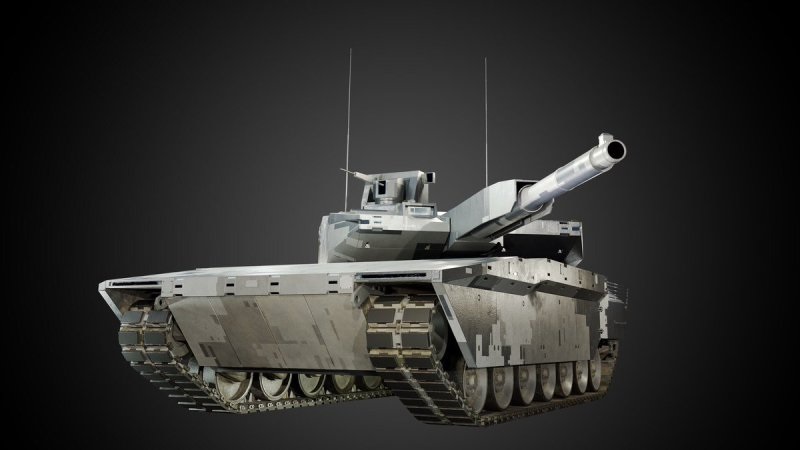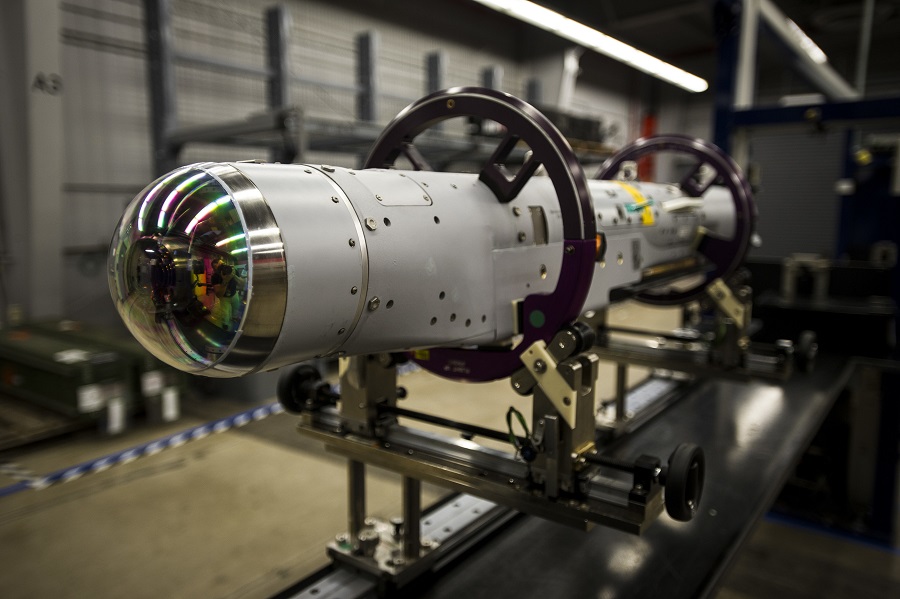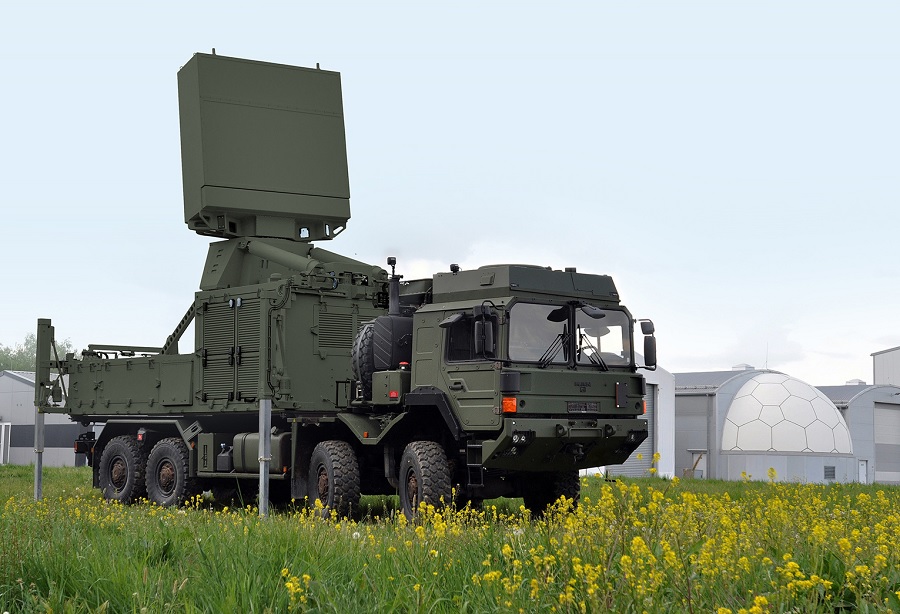Contrary to previous expectations, the Bundeswehr is placing a significant emphasis on mobility for the MGCS. The future combat platform is expected to have a weight limit of no more than 50 tons, a notable decrease compared to the initial weights of about 55 tons for the Leopard 2A4 and M1 Abrams, with the latest versions surpassing 70 tons in full configuration.
The MGCS is planned to be powered by a hybrid system of 1325 kW/1800 HP, achieving a power-to-weight ratio of 26.5 kW/t/36 HP/t, surpassing the current generation tanks that stand at approximately 20 kW/t/27.3 HP/t. Crews will be housed in armored capsules within the hull for enhanced protection.
In terms of firepower, the MGCS is expected to exceed current capabilities, likely replacing the 120 mm cannon (120 mm L/55A1 in Leopard 2A7/8) with a larger caliber gun, possibly the Rheinmetall 130 mm L/52 or Nexter ASCALON caliber 140 mm. The design includes a turret-mounted weapon system and a reduced ammunition capacity (currently around 40 rounds for cannons, expected to be 20‒26 for the MGCS).
The MGCS aims to be compact, modular, and easily modifiable. Key factors for battlefield effectiveness include situational awareness, advanced communication systems, and AI support for the crew. With enhanced weaponry, the system is expected to increase combat efficiency, especially in terms of the ratio of shots fired to targets destroyed.
The MGCS is envisioned as a broader system beyond a single tank. It’s expected to include three vehicles sharing identical or similar chassis to reduce costs. Apart from the main tank, there will be a manned vehicle armed with missile systems and an unmanned vehicle equipped with indirect fire weapons, likely including long-range anti-tank guided missiles or loitering munitions. These vehicles will also feature their own unmanned aerial vehicles to enhance situational awareness.

All three vehicles together are designed to meet the wide-ranging demands of a “future tank,” although only one will actually be a tank. The platform is designed to be flexible for easy configuration to various functions, with no specific mention of specialist variants like engineering or bridge-laying tanks.
Colonel Dirks stated that the MGCS should serve until the end of the 21st century, without specifying a service entry date. There are cautious indications of delays beyond the originally planned 2035 date, possibly influenced by Italy’s planned participation in the program.
Currently, the MGCS is a German-French program, with the French side agreeing to approximately 80-90% of the German concepts according to Dirks.


























